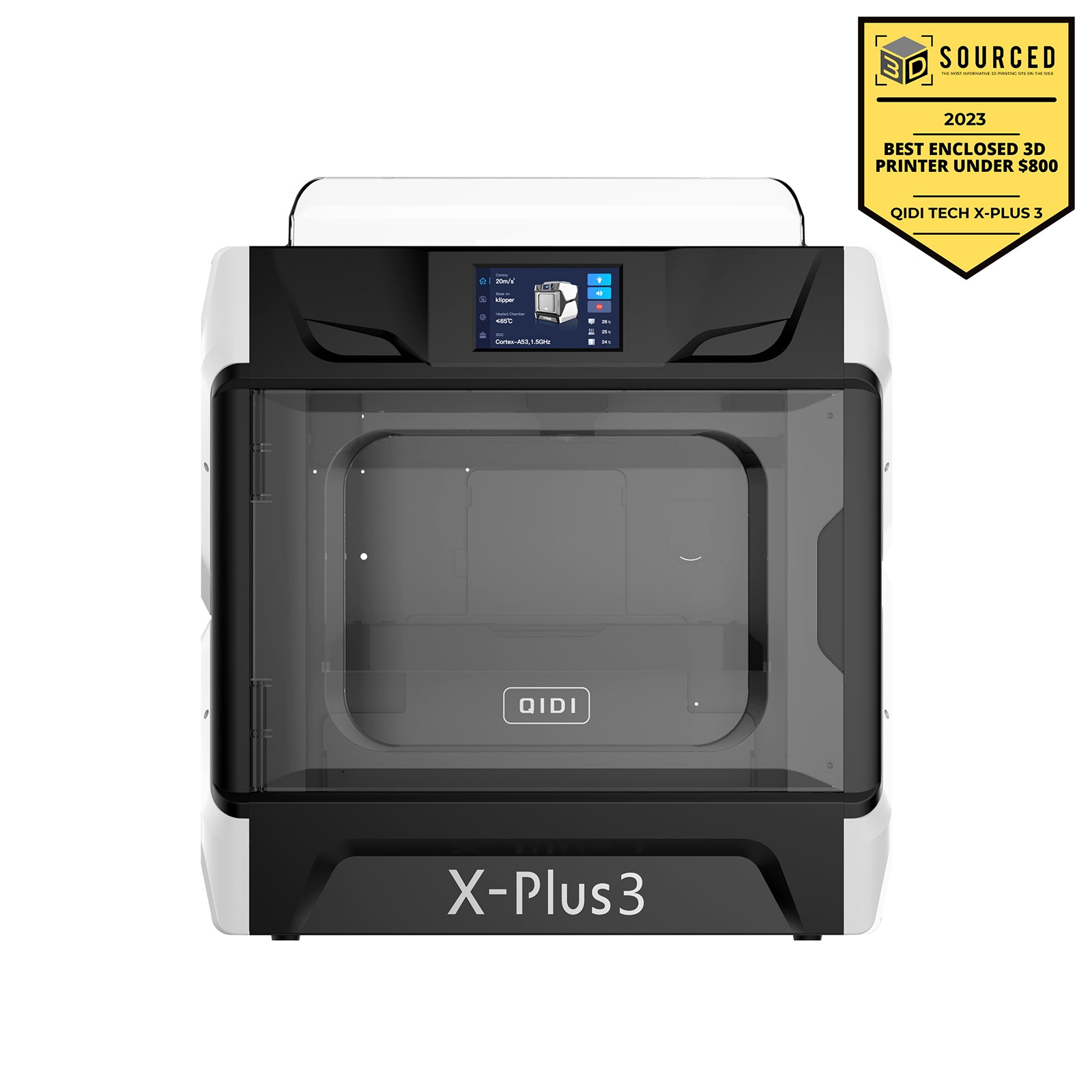Guest
Guest
Sep 12, 2024
3:22 AM

|
Enhancing Strength: Tips for Creating Durable 3D Prints with the QIDI X-Plus
3D printing has revolutionized the way we create and manufacture objects. Among the various printers available, the QIDI X-Plus stands out for its ability to produce durable 3D prints. This article will explore effective strategies to enhance the strength and longevity of your prints, ensuring they meet your project requirements. 
Understanding the QIDI X-Plus
The QIDI X-Plus is designed for both beginners and experienced users, offering a range of features that facilitate high-quality printing. With its dual extrusion capability, this printer allows for the use of multiple materials, which can significantly improve the durability of your prints. But how can you maximize these features to create durable 3D prints with QIDI X-Plus? Let’s delve into some practical tips.
Material Selection for Durable 3D Prints
Choosing the right material is crucial for achieving durable 3D prints with QIDI X-Plus. Here are some popular materials and their benefits:
- PLA: Easy to print and biodegradable, but may not be the strongest option.
- ABS: Known for its toughness and impact resistance, making it suitable for functional parts.
- PETG: Combines the ease of PLA with the strength of ABS, offering excellent durability.
- Nylon: Highly durable and flexible, ideal for parts that require strength and resilience.
By selecting the appropriate material, you can significantly enhance the durability of your prints.
Optimal Print Settings
Adjusting your print settings can also lead to stronger prints. Consider the following:
- Layer Height: A smaller layer height can improve adhesion between layers, resulting in a stronger final product.
- Infill Density: Increasing the infill density will provide more internal support, enhancing the overall strength.
- Print Speed: Slower print speeds can lead to better layer adhesion, which is essential for durability.
Experimenting with these settings can yield significant improvements in the strength of your prints.
Post-Processing Techniques
After printing, certain post-processing techniques can further enhance the durability of your 3D prints. For instance, applying a protective coating can shield your prints from environmental factors. Additionally, annealing your prints can relieve internal stresses, making them less prone to warping or breaking.
Conclusion: Achieving Durable 3D Prints with QIDI X-Plus
Creating durable 3D prints with QIDI X-Plus involves a combination of material selection, optimal print settings, and effective post-processing techniques. By implementing these strategies, you can ensure that your prints not only look great but also stand the test of time. For more information about the QIDI X-Plus and its capabilities, visit  . .
|